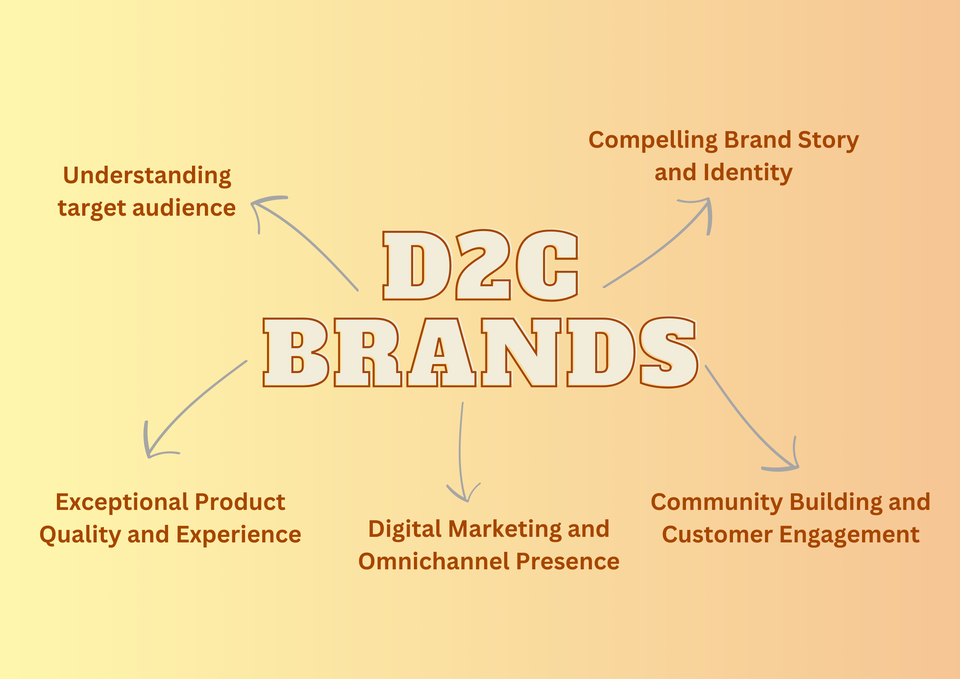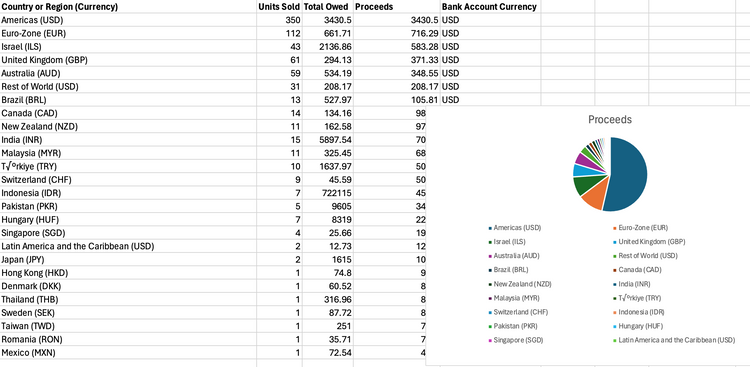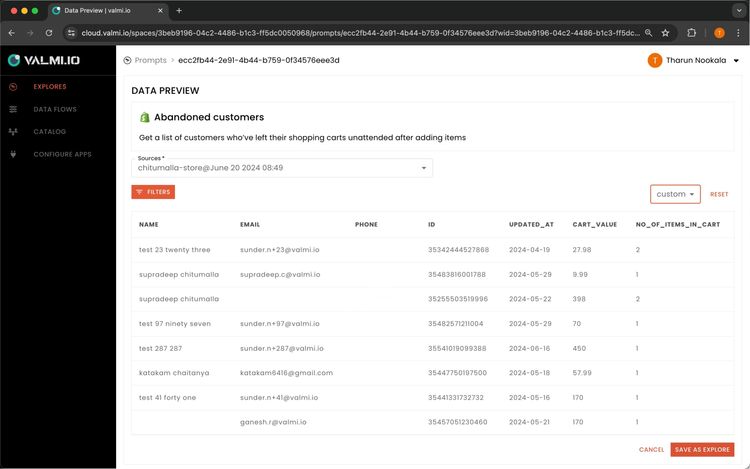5 Key strategies to build successful D2C brands

Ecommerce businesses have grown manifold in recent years; especially with the emergence of ecommerce platforms like Shopify, WooCommerce etc. The D2C (direct-to-customer) route has been the go-to approach for many brands. While a slew of D2C brands come up every other week, it is also getting increasingly difficult for them to stand out. It has become imperative for them to know how to build their brand.
A lot of factors have to be considered while building a successful Direct-to-Consumer (D2C) brand. It requires a thoughtful approach that integrates marketing, product development, customer experience, and operational excellence (amongst others).
Here are five key strategies you should consider:
1. Understanding target audience well: Bill Gates once said, “Your most unhappy customers are your greatest source of learning”. Consider your customers as the soul of your business.
The most vital thing while building a D2C brand is knowing who your target audience is. Invest time and resources to understand your target audience's demographics, psychographics, behaviors, journey mapping, pain points, and preferences. Utilize data analytics, market research, surveys, social listening tools, etc. to gather insights (from various sources). Understanding all of these should help the brands/companies finetune their product development, messaging, and marketing strategies, enabling them to resonate with their target audience effectively. Zappos is one of those companies that fit the bill best here.
2. Compelling Brand Story and Identity: Since childhood, we’ve grown up listening to stories that were narrated by our elders, and our formative views of life were based on these. Similarly, a brand should have a story to tell; an impactful story will always get you to the right audience. Creating a compelling brand story that connects with your target audience and distinguishes you from competitors is very essential. Your brand story should clearly state your goals, core principles, and the problem your product is aiming to solve. Develop a unique brand identity through visual components by including the logo, color palette, font, imagery, etc. Consistency across all touchpoints helps in building brand recognition and loyalty. Zomato’s advertisements and storytelling have a unique approach.
3. Exceptional Product Quality and Experience: One should always fight for quality, whether giving or receiving. To foster loyalty and trust, give top priority to the quality of your products and customer service. Make sure that the functionality, robustness, and design of your products either match or surpass the expectations of your customers. Ensure that the entire purchase process is smooth and enjoyable for the customers, right from exploring your website to procuring the product to getting the best customer service. Options like personalization and customization may enhance the overall user experience and set your business apart. Amazon and Netflix are classic examples of brands having exceptional product quality.
4. Digital Marketing and Omnichannel Presence: To have a rounded relationship with your audience, make use of digital marketing channels, social media platforms like Instagram, and Facebook, email marketing, content marketing, search engine optimization (SEO), etc. Brands can also create a unified omnichannel strategy that combines offline and online touchpoints to offer a wholesome consumer experience. To maximize your marketing efforts, brands should try various marketing strategies, monitor KPIs, and make adjustments based on the outcomes. Nike is a pioneer in this space.
5. Community Building and Customer Engagement: Build a sense of community around your brand by building relationships with your customers and creating opportunities for interaction and engagement. Encouraging user-generated content, customer reviews, and testimonials builds the credibility of the brand. One can also implement loyalty programs, referral incentives, and exclusive events to reward and incentivize repeat purchases. Brands should actively listen to customer feedback, address their concerns, and continuously improve products and services based on their needs and preferences. Starbucks and Royal Enfield (owned by Eicher Motors) are good examples of brands with great community association and customer engagement.
Conclusion
The growth of your brand depends on all the initiatives that the D2C brands take up; growth depends on factors like concerted efforts, hard work, product quality, relationships, feedback mechanisms, and the communication that you establish.
A product is a dream that the brands wish everyone to experience and for the best user experience, a brand/company has to do everything in its purview to offer the best to their customers.





